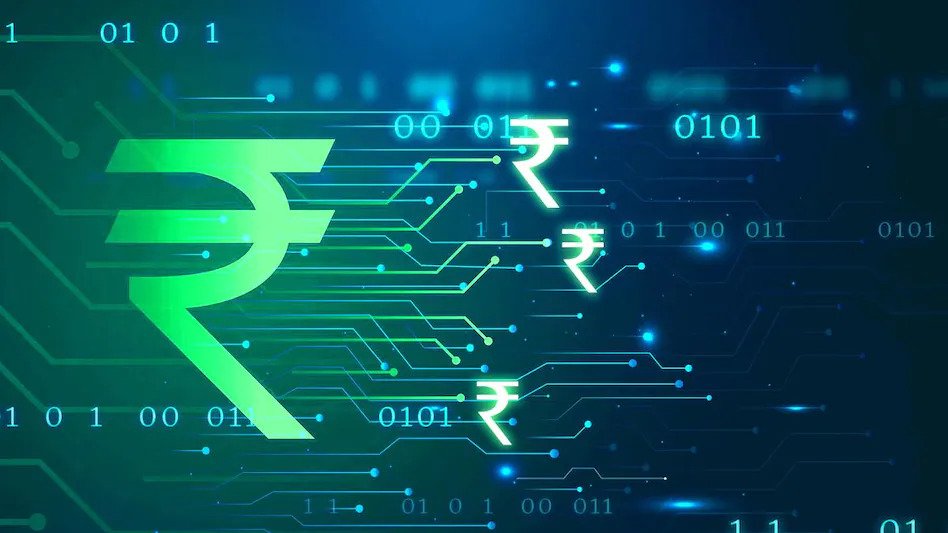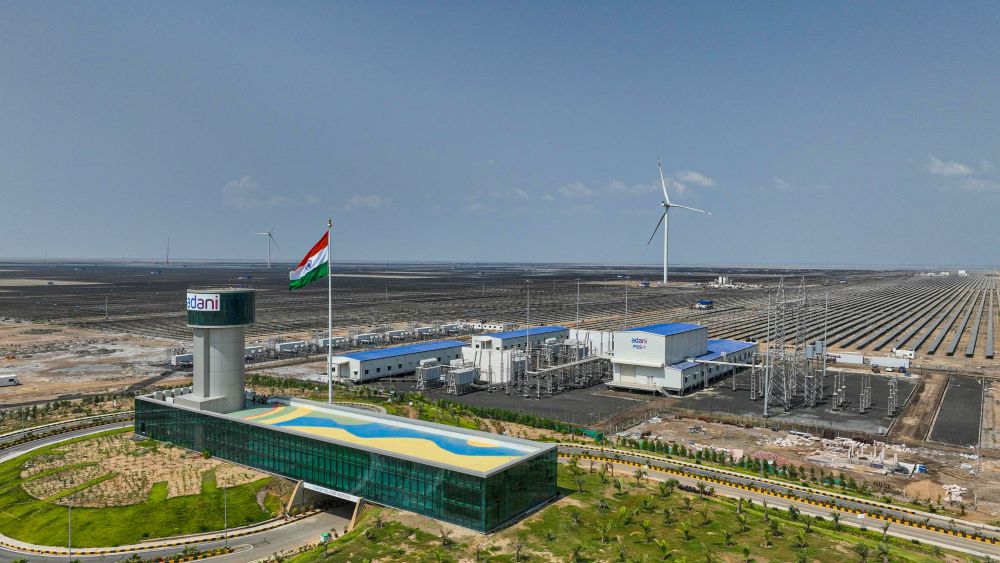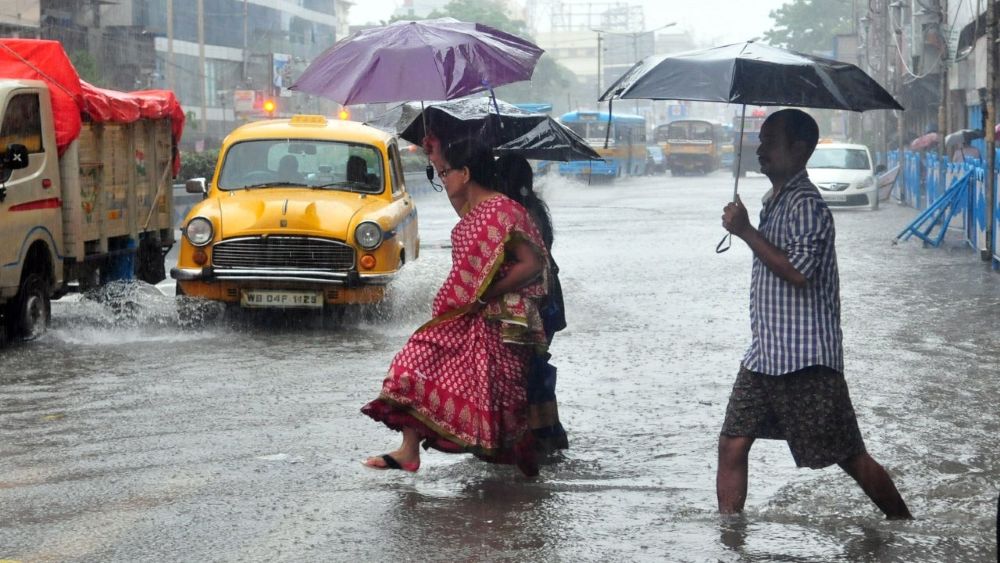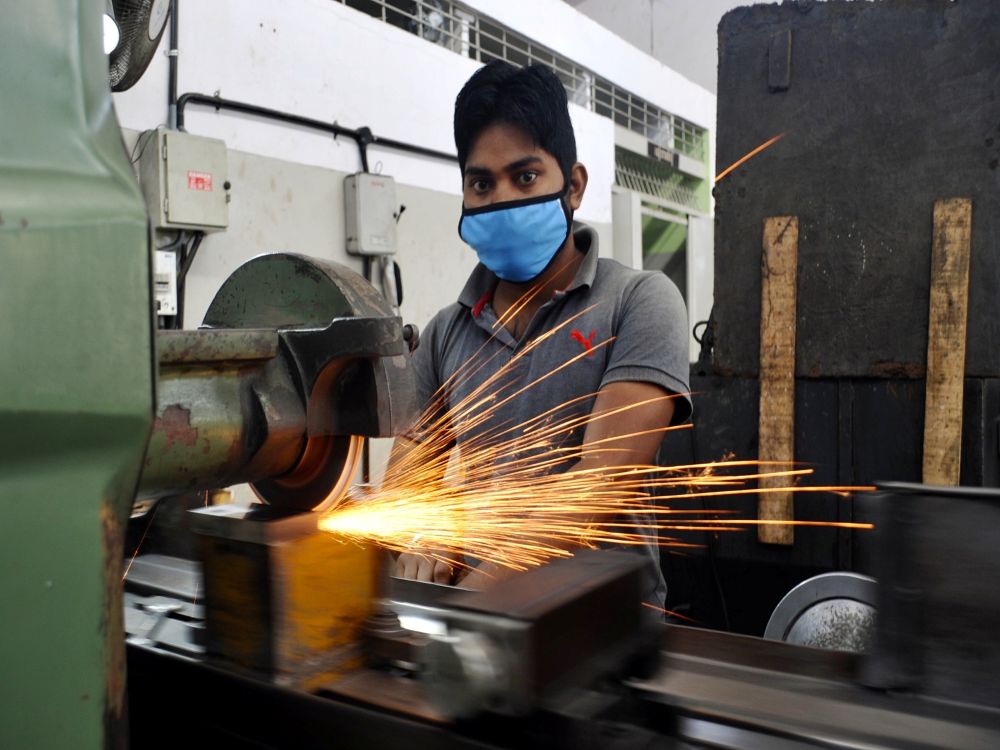Digital currency is expected to complement rather than to replace the current forms of currency and it would provide an additional avenue to the users as a payment instrument
Our Bureau
New Delhi/Mumbai
India has taken a major step in launching the digital version of Rupee, the Indian currency. Terming the launch of digital rupee, a historic milestone, RBI executive director Ajay Kumar Choudhary on Thursday said the currency would bring in a lot of operational efficiency in the system and will foster financial inclusion.
As per the central bank digital currency (CBDC) tracker, almost 105 countries representing 95 per cent of the world’s GDP have taken steps to inculcate digital currency in their ecosystem. Around 50 countries are at the advanced phase of exploration to launch the digital currency, while 10 countries have fully launched the digital currency, he said at an event organized by PHD Chambers of Commerce and Industry (PHDCCI).
Digital rupee will add the resilience associated with innovation in the way payments are made, he said, adding, it will also boost innovation in the cross-border payment space.
CBDC will give the public the desired experience while ensuring consumer protection but avoiding the damaging social and economic consequences, he added.
RBI has already launched the Central Bank Digital Currency CBDC-W and CBDC-R on a pilot basis for the Indian market. CBDC-W and CBDC-R refer to wholesale and retail, respectively.
Digital currency is expected to complement rather than to replace the current forms of currency and it would provide an additional avenue to the users as a payment instrument.
He stated that the Reserve Bank of India would be taking all steps to ensure that the issuance of CBDC follows a calibrated and nuanced approach with adequate safeguards to tackle any potential difficulties and risks so as to build a system which is inclusive, competitive, and responsive to innovation and tech changes.
Explaining the difference between digital currency and UPI, Choudhary said that like physical currency, digital currency issued by the central bank is the RBI’s liability whereas UPI is a means of payment and any transaction through UPI is the respective bank’s liability.
Earlier, digital payments services platform Worldline ePayments India on Wednesday said it has received in principle approval from the Reserve Bank of India to act as a payment aggregator (PA). Worldline ePayments India received the communication from RBI on Tuesday, it said in a statement. The authorization by the RBI was under the provisions of the Guidelines on Regulation of Payment dated March 17, 2020.
“We’ve been in the Indian market for more than two decades and have built a leadership position. We work with merchants from various segments such as eCommerce, BFSI, Retail, Utilities, Education, Travel and Hospitality for digital payments,” Ramesh Narasimhan, Chief Executive Officer, of Worldline India, said in the statement.
“The in-principle authorization from RBI is a testimony to our commitment towards building a digital payment ecosystem in India,” the CEO said.
Worldline ePayments India, part of Worldline group, offers solutions for all sorts of payment needs offering in-store, online, and omnichannel payments to its customers.
The CEO added RBI has been proactive in introducing regulations and frameworks to help the entire digital ecosystem and to increase the adoption of digital payments further.
Recently, the government informed the Rajya Sabha that there has been no fresh indent being placed with the press for the printing of Rs 2,000 denomination notes from 2018-19 onwards. The printing of banknotes of particular denominations is decided by the government in consultation with the Reserve Bank of India (RBI). “As per RBI, no fresh indent has been placed with the presses for printing of Rs 2000 denomination banknotes from 2018-19 onwards,” Union Minister of State for Finance Pankaj Chaudhary said in response to a question about the status of 2,000 denomination currency notes being printed in 2019-20, 2020-21 and 2021-22.
In reply to another question on whether the government is aware of the fake currency notes in the country, the minister quoting the Reserve Bank of India said the total number of counterfeit currency notes detected in the banking system for the financial year 2021-22 that ended in March stood at 230,971 pieces.
The minister said the RBI regularly conducts training programmes on the detection of counterfeit notes for employees/officers of banks and other organizations handling a large amount of cash.
























